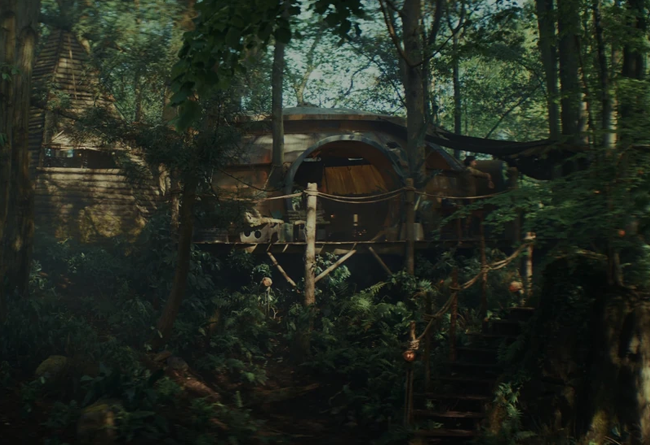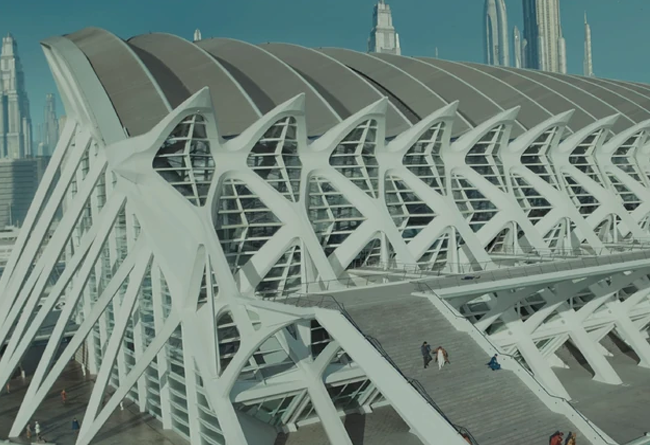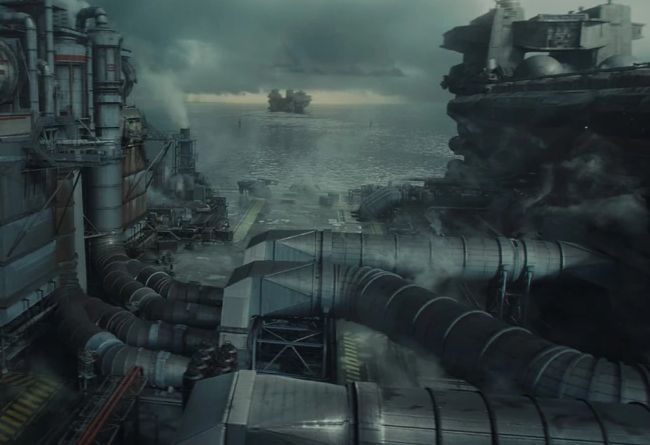Name: Umbara
Type: Terrestrial
Temperature: Temperate
Atmosphere: Type I
Hydrosphere: Moderate
Gravity: Standard
Terrain: Foggy, rolling landscapes with overgrown bioluminescence plant life
Length of Day: 24 Standard Hours
Length of Year: 367 Local Days
Sapient Species: Umbaran
Starport: Stellar
Population: 122 Million
Planet Function: Homeworld
Government: Rootai Government
Tech Level: Space
Trade Routes: Great Kashyyyk Branch
Major Exports: Doonium
Major Imports: Raw Materials
Settlements: Umbaran Capital
Points of Interest: Sector delta, Umbaran airbase
Flora: Death’s embrace, Zabrak spine
Fauna: Banshee, Vixus
System Data
Region: Expansion
Sector: Ghost Nebula
System Name: Umbara
Star Name: Umbara
Star Type: Red Giant
Background: Known as the “Shadow World” due to the lack of sunlight on its surface, was a planet located within the Expansion Region. The planet was also an exporter of doonium, a metal utilized in the construction of starships. During the Clone Wars, the planet was initially part of the Galactic Republic before seceding to join the Confederacy of Independent Systems. It proceeded to host one of the larger battles of the Clone Wars. After the fall of the Republic, the planet fell under the power of the Galactic Empire. During the Imperial Era, Captain Thrawn suppressed an uprising on Umbara that had been engineered by the shadowy insurgent leader Nevil Cygni.
Umbara was a planet in the Expansion Region that experienced no sunlight on its surface, earning the name “Shadow World.” Situated within the occluding Ghost Nebula, Umbara was cut off from the rest of the galaxy. This resulted in the development of advanced technologies that far exceeded the galactic standard by the native Umbarans, though it was difficult for non-Umbarans to use the technology. Among these breakthroughs was a gas that stimulated soldiers to fight longer and harder. Umbaran glass was a type of glass, with Greez Dritus using it to cover a terrarium aboard the Stinger Mantis.
Umbara sported a variety of predatory animal and plant life. Umbara also had large doonium reserves, which led to the emergence of a substantial mining and refining sector in its economy. The planet was also known to have several moons including an outermost one. The plant life on Umbara was particularly aggressive, and bioluminescence was a common trait, found in both Zabrak Spines and death’s embrace.





